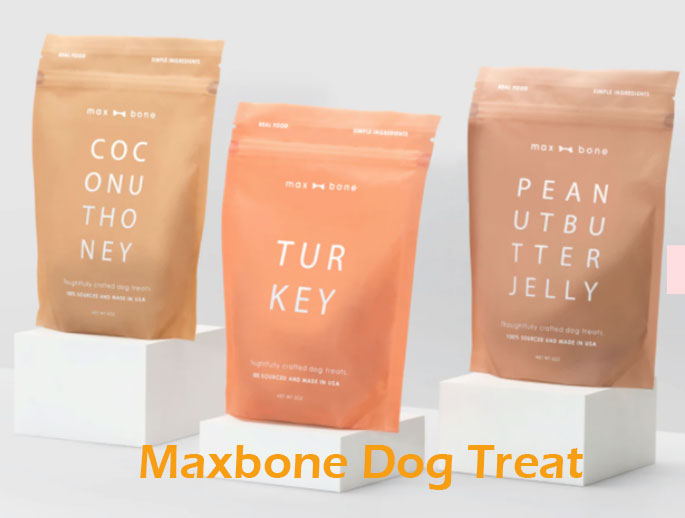
With the growing consciousness about optimal dog health, there has been a steady shift in consumption patterns in relation to natural dog treats. However, there is a problem: it can be difficult for consumers to determine what to choose from the vast range available, let alone figure out whether those products are genuinely ‘natural’. Label reading is one thing, but there are some features that one can only learn and that can help when searching for healthy treats for the dog.
This guide will provide a step-by-step guide for deciphering labels and ingredient lists to find the best treats for your pet.
1. Point out Artificial Flavoring
Just like any other commercial product, dog treats are usually made with artificial preservatives, colors, and flavors. These additives can often be given poor-sounding names that can easily be masked as chemicals. It is advisable to avoid some chemicals that are used in manufacturing pet foods. These include BHA, BHT, ethoxyquin, and propylene glycol, all synthetic chemicals that could be dangerous for your pet. Instead, choose foods with all-natural additives, like vitamin E (tocopherols) or rosemary extract. Ideally, a natural treat that will not contain any of these above lethal chemicals will be the best.
2. Focus on the Ingredient List
When deciding on the naturalness of the dog treat, you should always consider the number of items on the ingredients list and how elaborate they are. Notably, there should be little to read on the list, which should be easily understandable, including chicken, beef, sweet potato, and blueberry. In other words, the simpler the ingredient list, the fewer the chances of incorporating those filler elements or even undesirable artificial components. For example, a natural beef treat might only contain two ingredients: beef and natural preservatives on the one hand and several ingredients that are difficult to pronounce on the other hand.
3. The whole food ingredients should always be sought
There will be whole food components in natural dog treats in the best way, and these will, in a natural way, provide nutrients. Many pet foods list the proteins in their treats by meals such as chicken meal or fish meal; avoid these and look for treats made from whole meat or vegetables. The quality of the treats should be easily recognizable, such as chicken breast, whole carrot, or pumpkin. These foods supply these nutrients and contribute to your dog’s health, such as its skin condition, bowels, and vitality.
4. Avoid Artificial Sweeteners
Most dog treats are laden with artificial sweeteners, which are dangerous to a dog’s health. This means that sweeteners should be avoided when feeding the dogs. All these add-ins, such as cane sugar or corn syrup, are unnecessary in most dog treats and can result in weight gain and dental problems. Select foods with natural sweetening agents, such as apples, blueberries, or sweet potatoes, instead of foods made with sugars.
5. Certified Organic and Non-GMO
Make sure you have some signs that show it’s a certified treat. For a product to bear either a USDA Organic seal or Non-GMO Project Verified, the product has been manufactured without synthetic pesticides, antibiotics, or genetically modified organisms. These certifications do not mean that a particular food item is a natural treat for dogs, but at least they tell people that the products used during the growing or production of ingredients were fresh and natural.
Final Thoughts
When choosing a real natural dog food treat, one should pay much attention to the product label and the list of ingredients. Do not use food articles containing additives, a long list of ingredients, or anything with sweeteners. Choose treats with whole food and try to find labels saying USDA Organic or Non-GMO Verified. Knowing what to look for helps ensure your dog can eat only the best natural and healthy treats suited to their needs.



